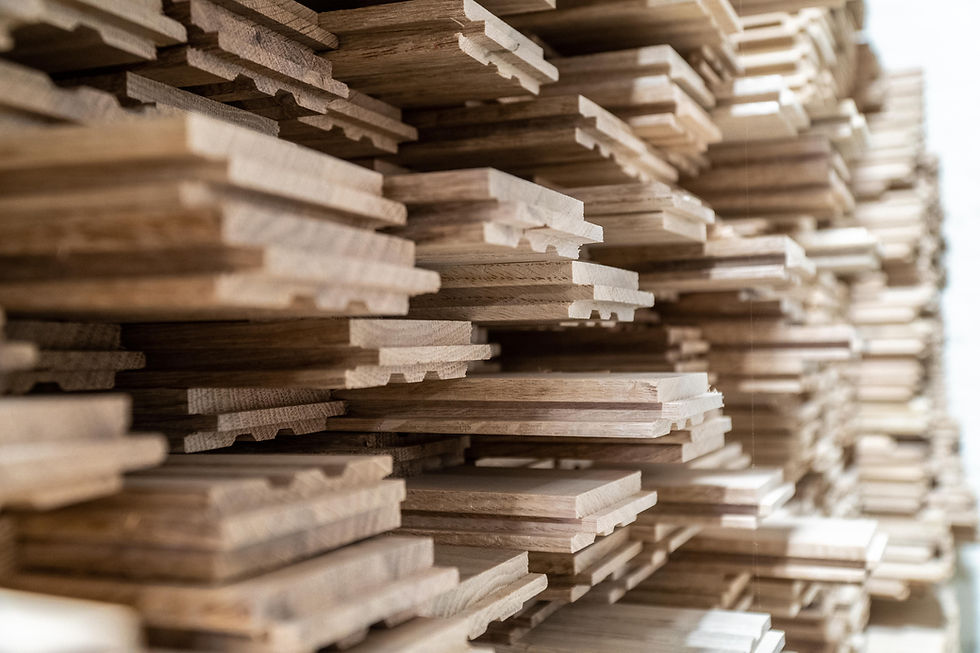Why Lumber Prices Have Risen So Sharply
- Aaron Swensen
- Jun 28, 2021
- 3 min read

In the last twenty years, the lumber market has had its ups and downs, but the current situation has duped analysts’ predictions, driven up real estate prices and stunned the lumber companies struggling to keep up. Wood is used more worldwide than any other type of building material, and its high costs are proving a nightmare for the construction and real estate industries. When you examine the root causes of lumber prices escalating so quickly, you get a better understanding of the state of the industry and when it may stabilize.
Causes of Price Increases
Although the lumber industry and real estate markets are heavily dependent on the state of the economy, the recent boom in demand, preceded by an abrupt downturn, had not occurred since the mid-1940s when soldiers were returning home from the war. Several factors combined to create the current lumber market, but the leading causes include:
Decrease in Canadian trees available for lumber
Economic Downturn in 2007
Wildfires
Pandemic lockdowns and closings
Shifts in the housing market
Home improvement projects
High demand exceeding supply
Labor shortages
Beginning of the Problem
In the early 2000s, Canadian forests were devastated by a voracious beetle that significantly reduced the supply of marketable lumber. The United States imports lumber from Canada, but over half of the Canadian lumber was unavailable, and the lumber prices rose until the economic downturn of 2007-2009 sank the prices again. The real estate market was in crisis; no one was buying homes or building new ones.
Prices stabilized after the economy improved, but the industry took another hit from the fires in the Pacific Northwest in 2017-2018. Prices were on the rise in 2019, but the pandemic threw the industry into turmoil again. The market sank, and many analysts incorrectly predicted an extended period of low demand for lumber.
Pandemic Effects
Lumber production ground to a halt at the beginning of 2020, and several plants closed due to lockdowns and safety concerns. However, homeowners confined to their properties began buying lumber for renovation projects. The demand continued to rise throughout the year.
Like the lumber industry, analysts thought housing prices would stay low. However, many families moved to other states during 2020, and housing prices rose sharply and continue to rise. With a high demand for new homes and home repairs, most building materials skyrocketed in price. Wood and bricks saw the biggest price increases. Wood remains the most expensive material with more than a 300% price increase since 2019.
In 2021, the lumber industry continues to fall short of demand, but owners have few options for improvements. Building new plants is not feasible when the high cost and lengthy timeframe of plant construction is taken into consideration. In the years it takes to build a new lumber plant, the price is likely to fall. The cost of a new plant, combined with lower demand, could cause a lumber company to go out of business, and most owners are convinced new plants are not the answer.
Transporting lumber to distributors and buildings is also problematic with the country’s labor shortage. Truck drivers are in high demand, but companies cannot find enough drivers to keep up with an increase in consumer spending. With fewer drivers, the price of moving building materials has risen and added to the increases for lumber flooring, decking and other wood products.
Homebuyers are often shocked at the difference in prices compared to 2019. If a builder is constructing your new home from the ground up, the current lumber prices can add $36,000 or more to the total price. Until demand for lumber and housing begins to subside, prices for lumber are unlikely to decrease or stabilize anytime soon.
Future Price Stabilization
Although the price of lumber will eventually fall, most economists and lumber industry analysts estimate the recovery may take between nine months and three years. That time period is not welcome news for buyers shopping for their first home, and many have changed strategies and settled with rental properties for the present.
Buying Tile Now Is a Good Idea
Nearly every type of material used in construction and home improvement is more expensive right now, but tile prices for flooring and countertops is only up a little over 6% since 2019. If you have plans for a new tile floor in your kitchen, now is the ideal time to buy. You can contact Blue Ridge Floors for professional flooring solutions and advice.








Comments